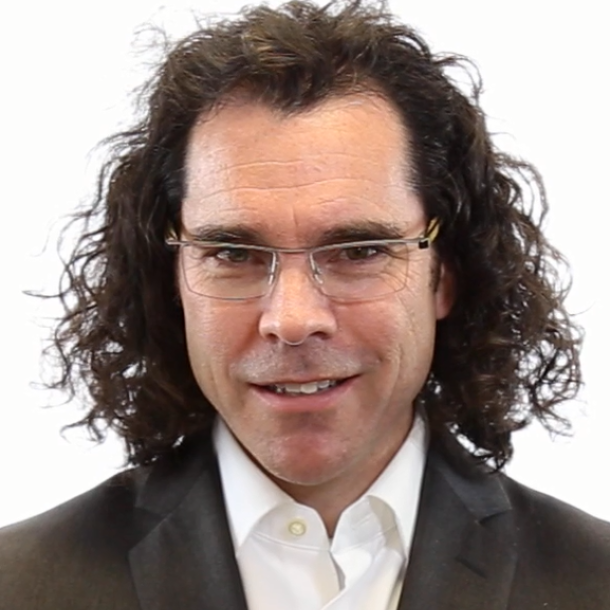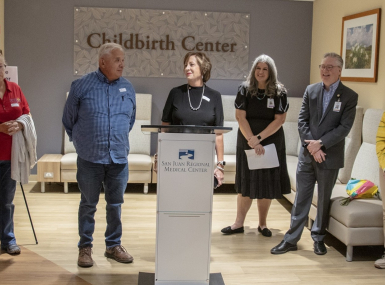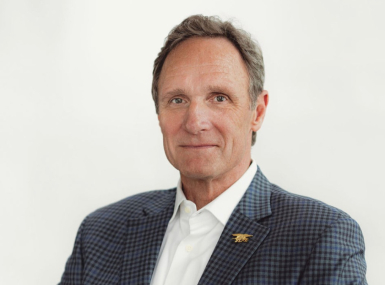Control Things, Manage Processes, Lead People
Author

Tim Rahschulte, Ph.D.
Upcoming Events
Related News

In The Principles of Scientific Management, Frederick Winslow Taylor wrote, “The principal object of management should be to secure the maximum prosperity for the employer, coupled with the maximum prosperity for each employee.” Prosperity, as he defined it, was about higher wages and, importantly, the development of each employee to his or her optimal state of possibility.
Taylor was certainly looking to optimize the efficiency of the company, but he was also outlining the need for leaders to look out for the benefit of their employees — to care about them, their families and their livelihoods. Taylor thought the best way to do this was to first illustrate the inefficiencies in our daily routines of work and to next convince people that the remedy for such inefficiencies is scientific and systematic management of processes and functions in our routines.
Taylor realized then, in 1911, the difference between leadership and management. The latter is grounded in science and focused on continual improvement through efficiency. The former is an art of influence that’s effective only through the personal connection with people and their desire of work —both the value of the company’s outcome from each individual’s effort and the value as seen beyond the employee to its effect on family, friends and community. The importance of this was echoed by Cynthia Trudell, the chief human resources officer at PepsiCo, who said, “You control things, you manage processes and you lead people.” That’s true!
You don’t work with people the same way you would leverage a process or use a tool or any other “thing” for that matter. You work with people — especially when leading them — to make a connection between the person and the work being performed and from one person to another throughout the organization and beyond. It’s about making meaningful contacts and experiences and doing so with an understanding that the whole person is important. Remember, a person is an employee for just a third of any given day.
For many employees, leaders know that connecting the person, the work and meaning sometimes requires looking beyond the work itself — understanding and helping to support the person’s nonwork life. This is often a stumbling block for struggling leaders, but in understanding this, a leader finds the “true” power to lead, which is to care for, connect with and realize the whole person.

Attachments
Related News

Now I know I can adapt my communication style
San Juan County, N.M. Commissioner Terri Fortner spent her career working with people one-on-one, but she overcame hangups about online communication when the pandemic forced her onto video calls when she first took office.

County service meets a veteran’s need for purpose in Spotsylvania County, Virginia
After Drew Mullins transitioned from a high-performance lifestyle in the military, he found the environment and purpose he sought when he took office in his county.
Now I know that solid waste is complicated
Custer County, Idaho Commissioner Will Naillon says solid waste removal is "one of the things that people often take for granted until it’s their job to make sure it happens... that’s the story of being a county commissioner."